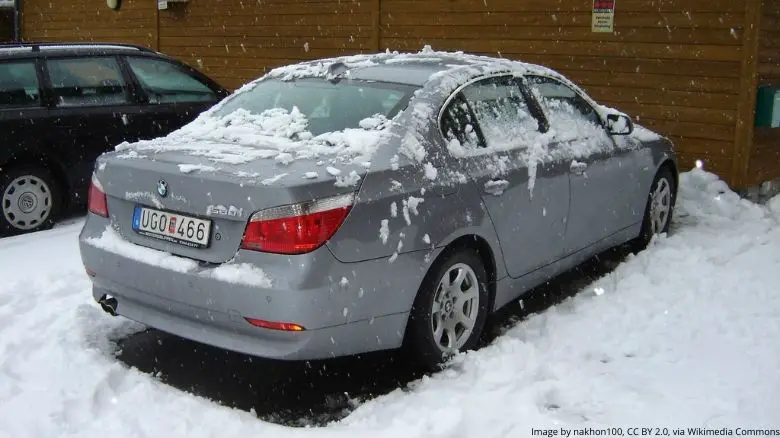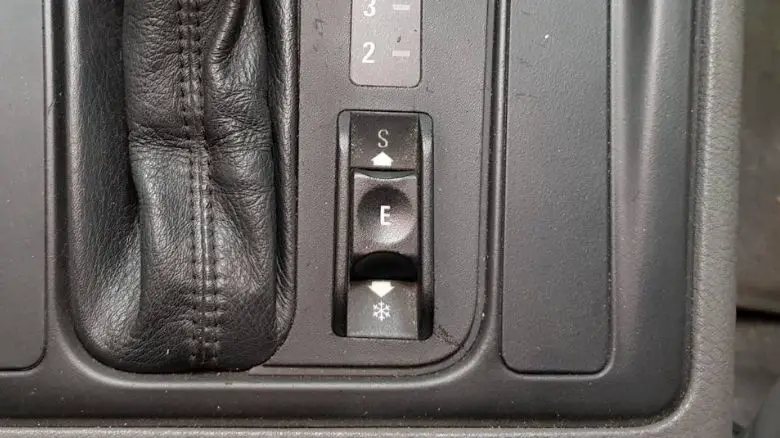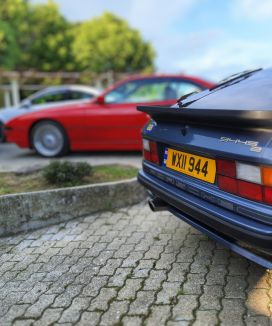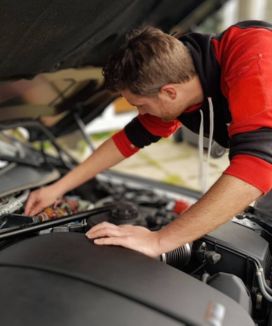Are BMWs Good in Snow?
Table of Contents
Do you live in an area that is regularly affected by snowfall? If so, then it’s important to know whether your car will be able to cope. Some automakers may claim that their cars work well in the snow, but sometimes these claims need to be taken with a pinch of salt.
Typically, BMWs are renowned for their power, performance, and rear-wheel drive layout. Great in the dry, but not the best combination in the colder months.
However, things have moved on a lot over the last decade, so are BMWs good in snow?
Modern BMWs that are fitted with the company’s all-wheel drive ‘xDrive’ system are considered very capable when it comes to tackling snow-covered roads. Fitting winter tires to a BMW also helps improve grip to ensure safe driving in cold weather.
So it is possible for a BMW to perform well in poor conditions, but which BMWs are the best in the snow, and which driving mode is best for snow?
Which BMWs are best in the snow?
Any BMW in the ‘X’ series is perfect in snow thanks to the high ground clearance and all-wheel drive systems. Other models across the BMW range with the xDrive AWD system are also great in snowy conditions.
BMW’s ‘X’ Series cars were introduced in the late ’90s with the X5, and the range has expanded ever since.
‘X’ cars are SUVs with an excellent height advantage over most other cars, and many make full use of xDrive technology to provide the best traction possible, irrespective of driving conditions.
These cars were developed from the ground-up with driving in unusual terrain being a priority, so it’s easy to see why they take to snow so well.
More and more BMWs are now being fitted with xDrive, so that bulky and powerful 5 Series that was once a challenge to drive in anything other than dry conditions can now manage ice and snow with ease.
What are BMWs like in the snow?
Modern BMWs handle well in the snow while still offering a luxurious and comfortable ride thanks to the company’s xDrive system, which distributes power between axles to ensure that the vehicle maintains grip.
BMW’s AWD system can detect differences between front and rear wheel rotation, allowing xDrive to work out which axle the power needs to be directed to.
This all happens seemlessly in the background and in a split-second, so you don’t need to worry about losing control.
Those BMW drivers who choose to fit winter tires during the cold months find that this further improves their car’s performance in the snow. It’s common practice in some parts of North America, but not as common in countries such as the UK.
Although BMW has made significant improvements in recent years to allow its cars to cope with icy conditions, it wasn’t always the way.

Owners of older rear-wheel drive cars, particularly those that produce a lot of power, have traditionally found it difficult to control their cars when driving in the snow.
Rear-wheel drive BMWs do not have the same amount of balance and control in the snow as modern cars fitted with xDrive.
What BMW driving mode is best for snow?
Eco Pro is the best driving mode for BMWs in snow. It limits the amount of torque the engine produces to reduce the chance of wheelspin.
Whilst it might not be as fun to drive in Eco mode, when the roads are slippery it’s definitely the best choice.
The aim of the game is to prevent the wheels spinning under normal operation, as this could end up leading to the car spinning.
DSC (Dynamic Stability Control) will be enabled by default, which will also do its best to keep you safe if the worst does happen and traction is broken. It will detect the loss of traction and can limit the power or apply the brakes to individual wheels to correct it.
However, there might be some situations in snowy conditions where you need a little wheelspin. For example, to get up an icy hill at low speed. When this happens, you can engage DTC mode (Dynamic Traction Control).
This mode allows for the wheels to spin slightly to get the car moving in the right direction; an important part of winter driving.
Another mode that can make a difference is coasting mode. It’s typically switched on by default, but by turning it off you will utilize engine-braking to gradually slow the car down. This reduces the chance of locking the brakes and skidding out of control.
The systems mentioned here are available on many modern BMWs, but older cars may have less onboard technology.
Our 1996 840Ci, for example, has a snow mode setting. This acts much in the same way as the modern BMW tech, and changes how the automatic gearbox shifts whilst limiting the amount of torque available. All in the name of improving traction.

Can you fit snow chains to a BMW?
You can fit snow chains to a BMW to help improve grip when conditions are particularly treacherous.
If winter tires aren’t quite up to the job and the snow has been falling thick and fast, consider using snow chains to help you on your way.
Snow chains are fitted around the tyres to help get better traction and reduce the chance of skidding on icy roads.
BMWs with rear-wheel steering have a snow chain mode that needs to be enabled. To put your BMW into snow mode, visit the iDrive ‘general settings’ sub-menu and select ‘snow chains’. Note that not all BMWs have this feature.
Can we really now consider BMWs to be good in the snow?
In the past it would have been unthinkable to consider BMWs decent winter-weather drivers.
Today, although not necessarily best in class, they make a good showing when the mercury drops.
Technology has improved dramatically over recent years, making the modern BMW better than ever in slippery conditions.
However, we’ve established that older BMWs will not be as good on icy roads, particularly those with rear-wheel drive. So take extra care if you live in an area that experiences cold winters and own such a model.
Thankfully the majority of modern BMWs are equipped to allow you to deal with the cold, and the technology that enables this is only likely to be improved upon in the future.
ABOUT THE AUTHOR
Adam Chinn writes about the intersecting worlds of classic cars, driving pleasure, and smart investment strategies. Starting his journey at 26, he’s proven that one doesn’t need to be wealthy to begin investing in classic cars.
Adam’s insights have been recognized on platforms such as MoneyInc, Swagger Magazine, and Top Speed.



